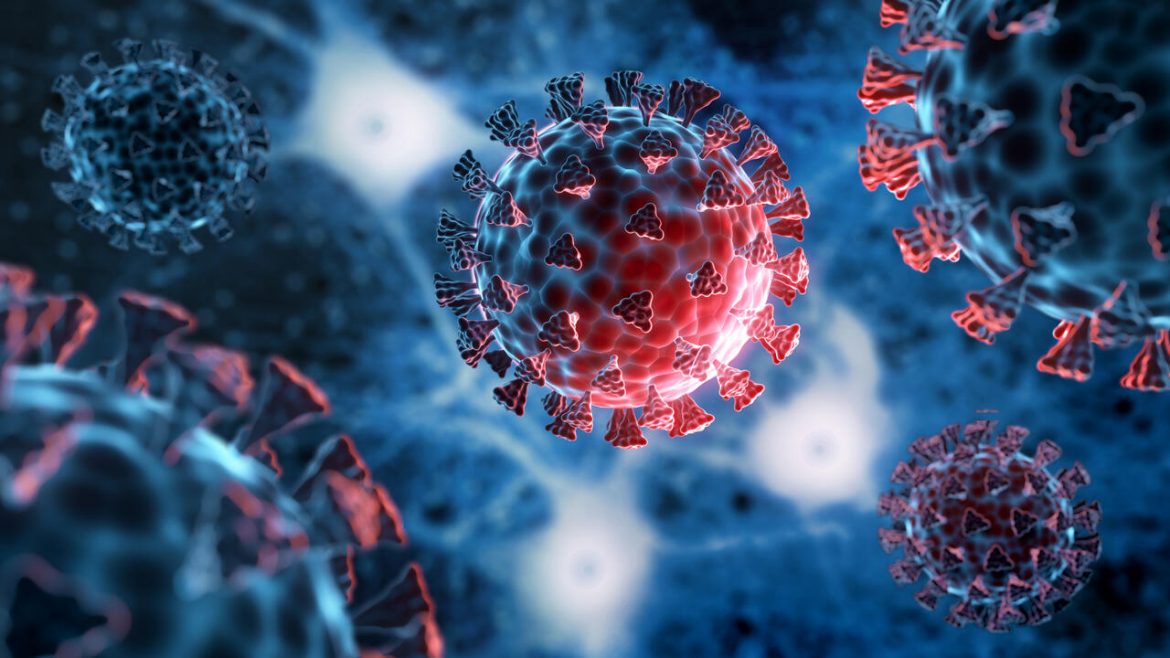Researchers who are working on Covid-19, at Columbia University’s Mailman School of Public Health examined the transmission dynamics of SARS-CoV-2 variants and revealed similar characteristics associated with transmissibility and immune evasion. Their findings underscore the importance of more proactive planning and preparing for future variations of concern (VOCs), such as the development of a universal vaccine that can both prevent SARS-CoV-2 infection and severe illness. South Africa, like many other areas, has undergone four separate pandemic waves produced by the original (or ancestor) SARS-CoV-2 virus and three VOCs—Beta, Delta, and Omicron—by February 2022.
“These repeating pandemic waves have been driven by novel VOCs that degrade past immunity from infection or vaccination, boost transmissibility, or a mix of both,” research author Wan Yang, PhD, assistant professor of epidemiology at Columbia Mailman School, adds. “While laboratory and field research give insights on variable epidemiological features, measuring the level of immunological breakdown and changes in transmissibility for each VOC is difficult.”
To further understand the features of the various COVID-19 VOCs, the scientists created a mathematical model that reconstructed SARS-CoV-2 transmission dynamics using weekly case and death data from nine South African provinces from March 2020 to the end of February 2022.
They validated their model using three independent datasets and discovered that for all four pandemic waves caused by the ancestral, Beta, Delta, and Omicron variants, estimated cumulative infection rates roughly matched serology data over time, and the estimated number of infections matched the number of hospitalizations. Modeled infection counts corresponded with mortality rates from the ancestral, Beta, and Delta waves, but not Omicron, because past infection and immunizations had lowered the amount of infected persons suffering from fatal consequences by this stage.
The model was also able to anticipate the Delta and Omicron waves before the real-life reported peak of cases and fatalities caused by these VOCs using data that surfaced at the time of the new variations, Delta and Omicron. The algorithm properly anticipated the remaining trajectories of cases and fatalities in the majority of the nine provinces, according to the study.
They verified their model before using it to predict epidemiological features for each VOC, such as infection detection rates, infection mortality rates, population susceptibility, and transmissibility, and comparing these dynamics across provinces. These’model inference estimates’ were then used to calculate the immunological erosion and transmission increase for each VOC.
They found that the Beta variant eroded immunity among roughly 65 per cent of people previously infected with ancestral SARS-CoV-2 and was 35 per cent more transmissible than the original virus. This discovery was corroborated by the experience of previously infected vaccination trial participants, who exhibited a comparable sensitivity to the Beta form as those who had never been infected.
Estimates for Delta differed by province, but the variation degraded immunity from past infection or immunisation by around 25% and was 50% more transmissible. This corresponds to a reported 27.5% reinfection rate during the Delta wave in Delhi, India.
Finally, estimations for Omicron varied but always emphasised its known greater transmissibility than earlier VOCs. According to the scientists, Omicron was around 95% more transmissible than ancestral SARS-CoV-2 and weakened immunity by 55%. (prior infections and vaccinations).
Also Read: CORBEVAX booster injection is allowed for those aged 18 and above
These findings show that past SARS-CoV-2 immunity does not prevent new COVID-19 outbreaks because neither prior infection nor current immunisation totally prevents infection from a new variation.
Multiple SARS-Covid-19-infections
In the two years since the pandemic began, two variants of concern and interest have emerged, and it is difficult to predict the frequency and direction of future viral mutation, particularly the levels of immune erosion, changes in transmissibility, and innate disease severity, according to Yang and co-author Jeffrey Shaman, PhD, professor of environmental health sciences and director of the Climate and Health Program at Columbia University Mailman School of Public Health.
They go on to say that, so far, all VOCs have caused some degree of immune degradation, and that later VOCs, such as Delta and Omicron, are more genetically unique from earlier variations, making them more capable of triggering re-infection despite diversified past exposure and vaccination. Given this trend, the authors propose a universal vaccination that can protect against SARS-CoV-2.
Follow Medically Speaking on Twitter Instagram Facebook

